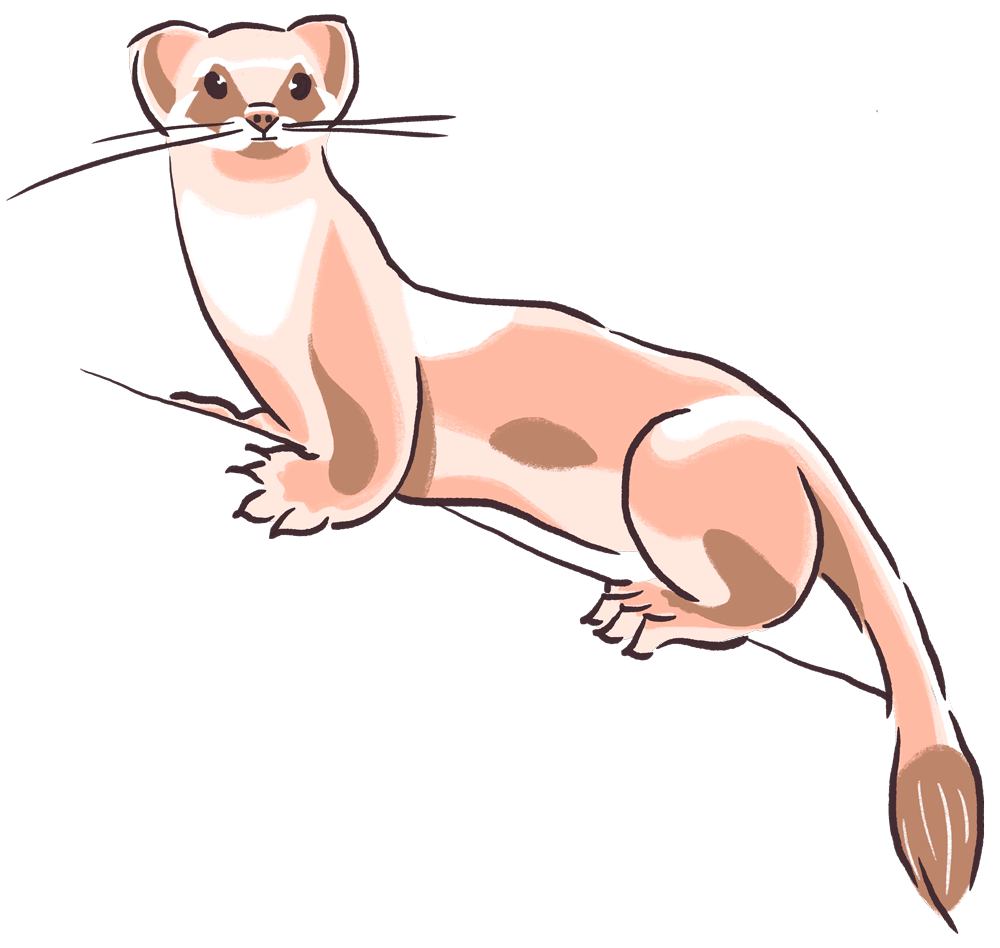
The Mandarin Duck was originally from the Far East. Whether by accident or on purpose, Mandarin Ducks were released into the wild in the UK in the 20th century. The ducks would have been in private collections, but once they were in the wild it is harder to control population. There are now thousands in the UK, mainly in the South East.
Ducks have adapted to their water-based habitats by having webbed feet which help them travel through water most effectively. Ducks also have an oily coating on their feathers to make them waterproof, regulate temperature and keep them light as they are not weighed down by being waterlogged. There are a number of adaptations between different duck species, due to differences in their behaviour and habitats.
Unlike many other ducks, Mandarin Ducks nest in trees; this is why their feet have adapted to have better grip, to aid with sheltering in branches. Their legs are also slightly further forward on their body which enables them to move more easily on land.
The Mandarin Duck is strikingly colourful; like many species of bird the male is more vibrant and decorative than the female. The colours would have connected to colours in the environment where they originated, as camouflage offers protection. The males’ more striking feathers would help get the attention of females during breeding season; they have brightly coloured wing ‘sails’ that make them stand out.






